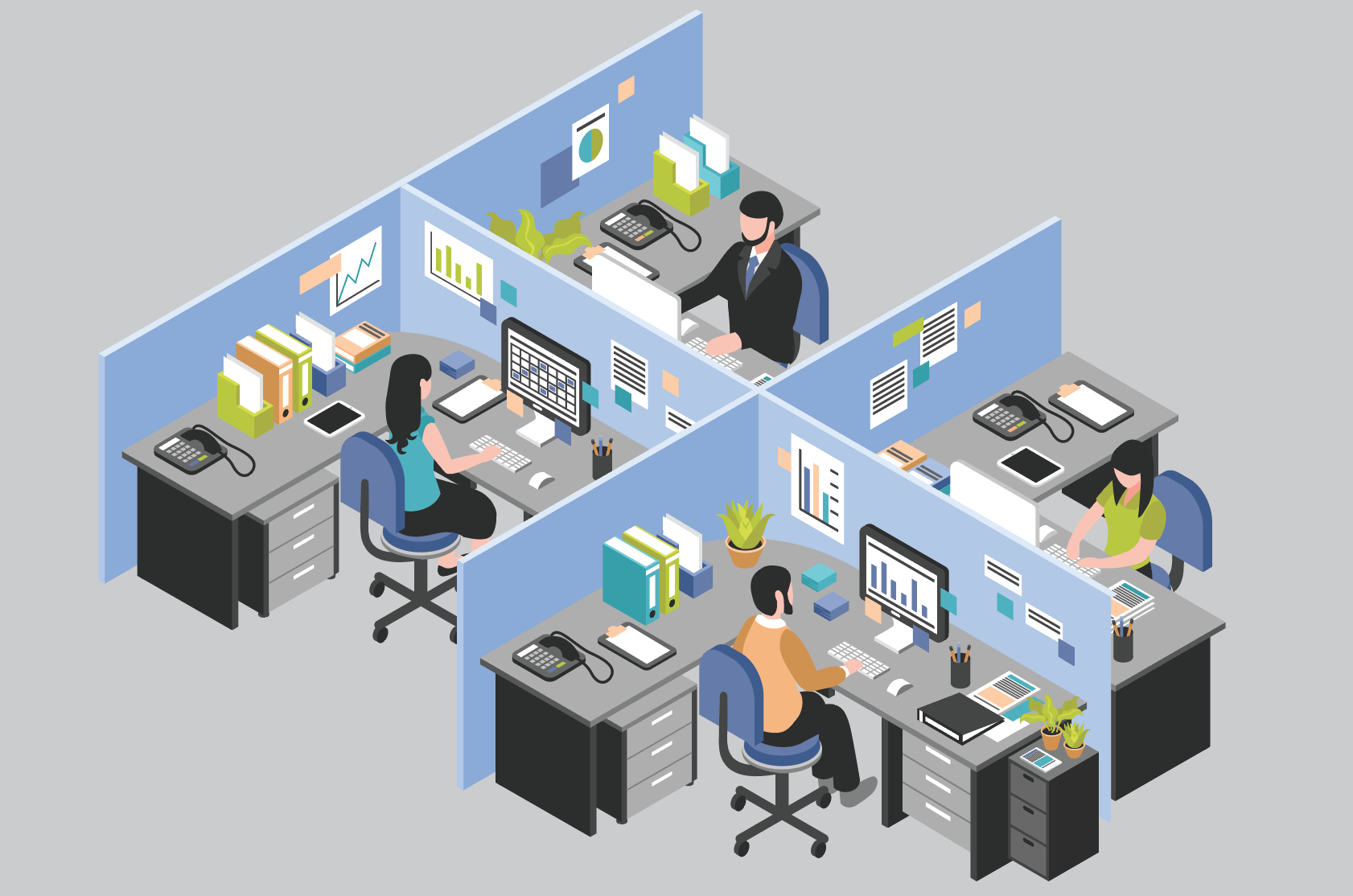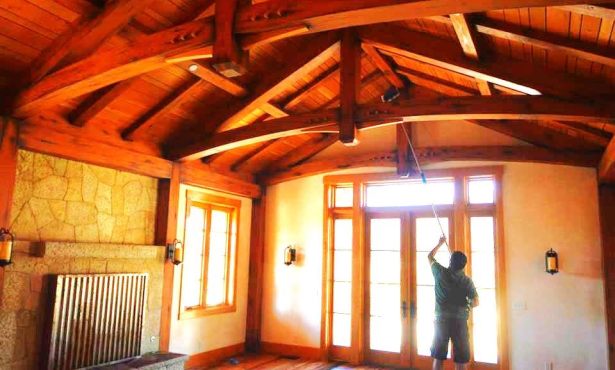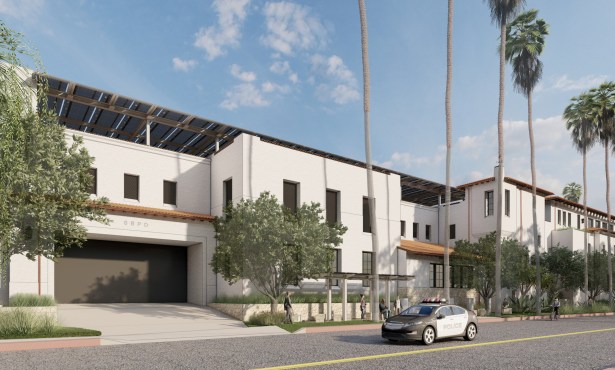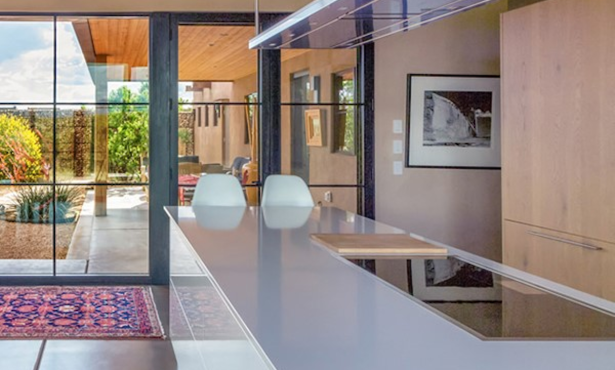Get Ready for the End of Open Office Plans
How Companies Need to Change Their Office Design in the Face of COVID, Effective Immediately

AS the country starts to think about going back to work in the face of this COVID-19 pandemic, corporate clients are being advised by their attorneys to modify their office spaces before employees return to work in order to help prevent the spread of the virus. Employers have the responsibility of providing a safe working environment. If they have not taken precautions to keep their people safe, employers could be liable if employees get sick or, worse yet, die. Since it will be impossible to provide a 100 percent safe environment, many employers, if they take the advice of their attorneys, will ask their workers to sign liability waivers in order to return to the office. They are also considering requiring employees to regularly fill out questionnaires regarding their current health status and potential exposure to the coronavirus. Going to work sick will no longer be allowed. Furthermore, pandemics in general are now on everyone’s radar, and it’s clear that our way of life must adapt to mitigate potential future outbreaks.
In the past few decades, the vast majority of companies have adopted an open office floor plan with open workspaces or desking. This was done to foster collaboration. As a design firm, Statement Design’s goal on many projects has often been getting coworkers to come together in open lounges, informal meeting spaces, and break rooms to share information and be creative. But an open, collaboration-focused floor plan is the absolute worst type of layout for physical distancing. So now what?
Corporate attorneys are advising their clients to eliminate break rooms where people share coffee makers, refrigerators, and sinks, as well as perhaps even meeting rooms. Solutions that may be less obvious to non-designers are modifications to the HVAC system so there’s negative pressurization, the addition of an air filtration system, the replacement of high-use surfaces with anti-microbial and smooth and cleanable materials, and the addition of high-quality walk-off mats at entry doors. Touch points can be replaced with touch-free devices wherever possible. Automatic doors on sensors may become more prevalent. Temporary plexiglass dividers between workspaces might be installed until more permanent solutions can be ordered and installed. Plexiglass or glass dividers may even be installed in meeting rooms as well. Furniture will need to be rearranged, and new furniture may be required.
Many companies will choose to continue to use Zoom and other web conferencing services for group meetings instead of meeting in person. More people will continue to work from home, and many landlords will find themselves with vacant space. How all of this will affect company cultures, communication, teamwork, and a sense of belonging will be interesting to see. Companies will have to come up with other methods for fostering these important aspects of their businesses. Web-based collaboration software, and perhaps even the use of computer avatars, will increase. Jobs and systems will be redesigned along with physical spaces. Some companies may stagger the days that staff members come into the office so that it’s possible to keep people at least six feet apart. Janitorial procedures will change. The use of ultraviolet light to disinfect may increase. Designers have a new challenge ahead of them: to completely rethink office design to continue to meet the goals of our clients while protecting their staff from infection.



